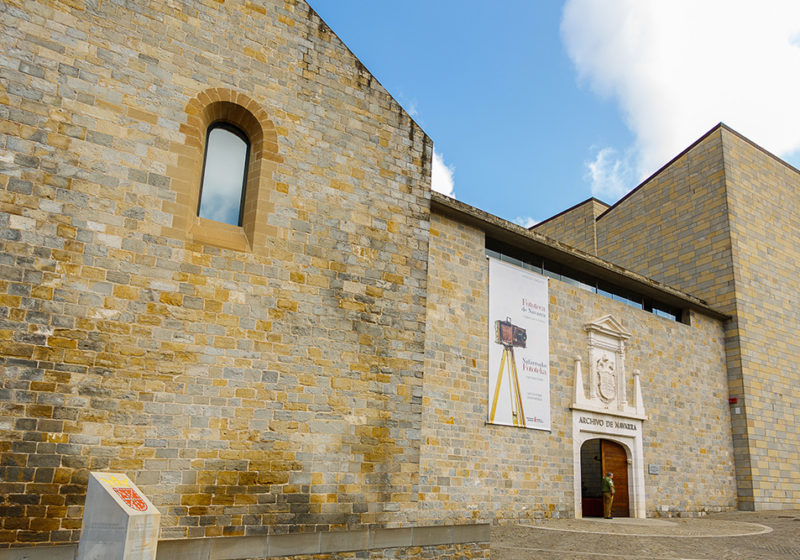Some key dates of the Euroregion
- 1983
Creation of the Working Community of the Pyrenees which combines: Aquitaine, Languedoc-Roussillon and Midi-Pyrénées, Catalonia, Aragon, Euskadi, Navarra and Andorra. - 1989
A common fund is created in 1989, aimed at financing cross-border projects. This is accompanied by an agreement that marks the start of the bilateral cooperation between Aquitaine and Euskadi. In 1992, Navarra joins the partnership, generating a common trilateral fund until 1999. - 2004
Creation of a tool with its own legal personality: The PLAE (Aquitaine-Euskadi Logistics Platform) in the form of European Economic Interest Grouping (EEIG) with headquarters in San Sebastian. - 2006
Regulation (EC) no. 1082/2006 creating the European Grouping for Territorial Cooperation (EGTC). - 2009
Joint declaration of the two presidents to create a Euroregion “Aquitaine-Euskadi” under the form of a European Grouping for Territorial Cooperation (EGTC). - 2011
Creation of the Euroregion Aquitaine-Euskadi with headquarters in Hendaye. - 2014
Adoption of the 2014-2020 Euroregional Strategy. - 2015
Modification of the administrative perimeter of the French regions. Aquitaine, Limousin and Poitou-Charentes legally constitute Nouvelle-Aquitaine, thus forming part of the Euroregion. - 2016
Adhesion of Navarra, approved on 18 March 2016 by the Assembly of the Euroregion Aquitaine-Euskadi, which enters into force on 6 March 2017. - 2018
Updating of the 2014-2020 strategic plan.




 Mila
Mila  Bienvenue
Bienvenue  Mil
Mil